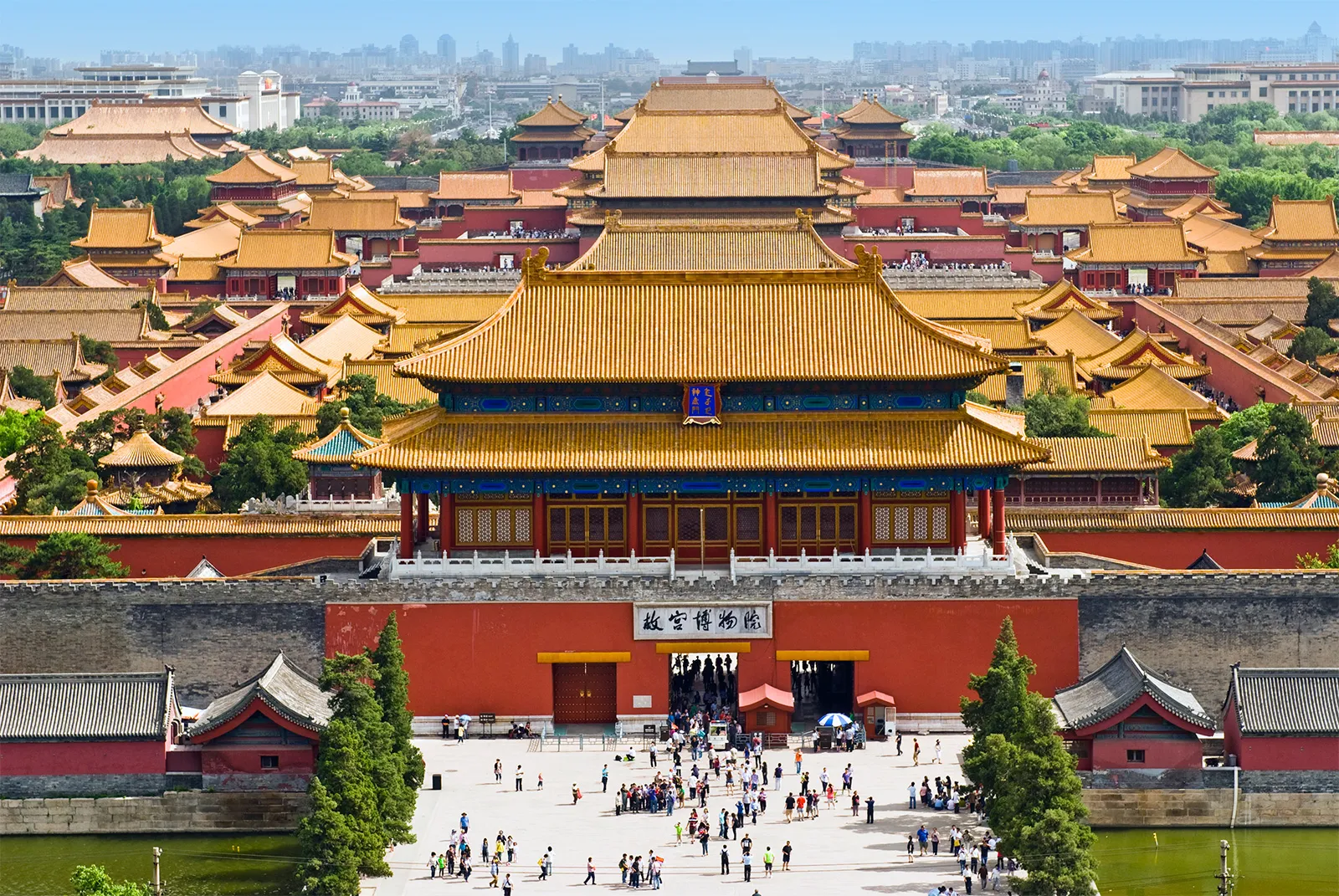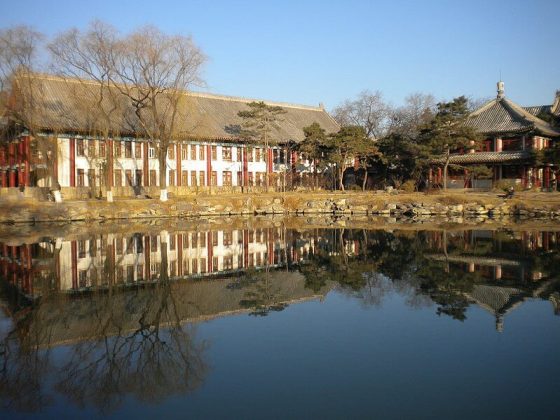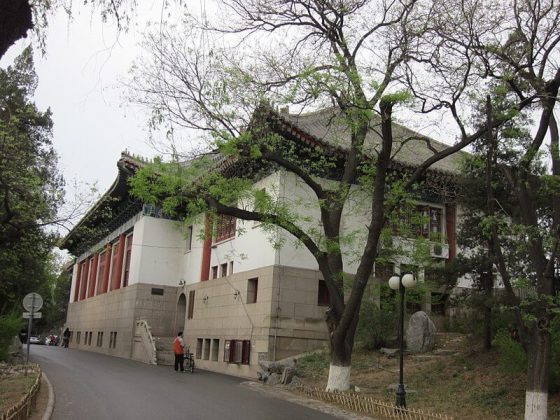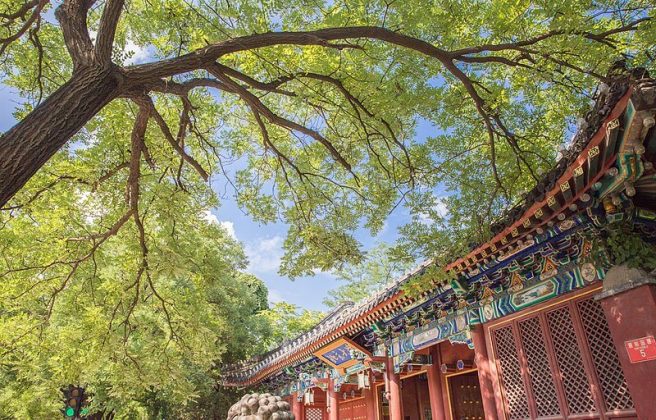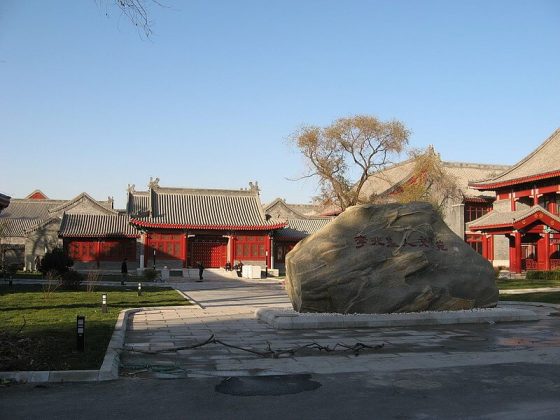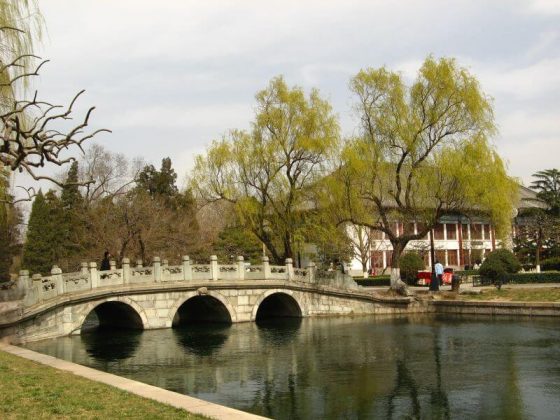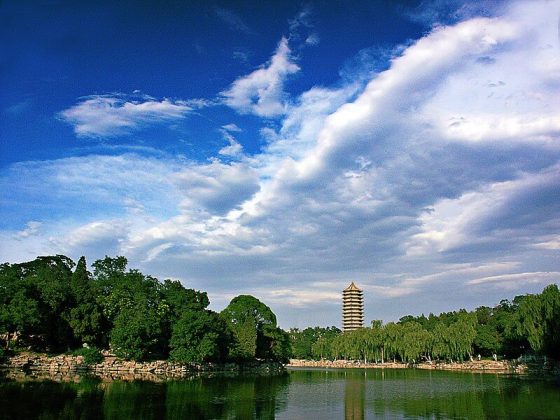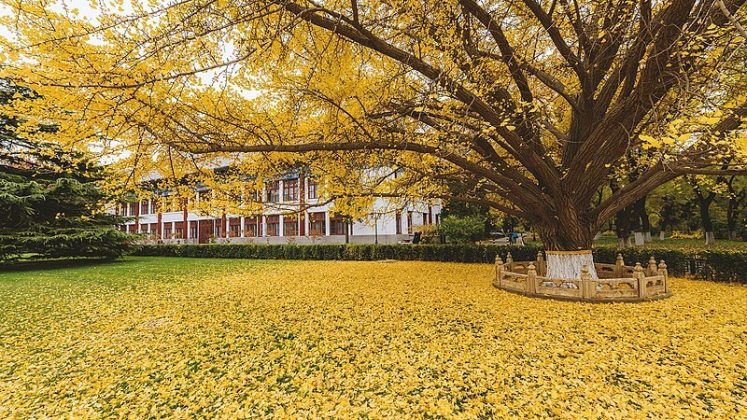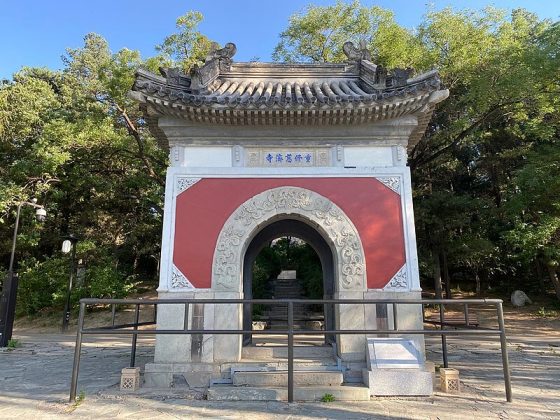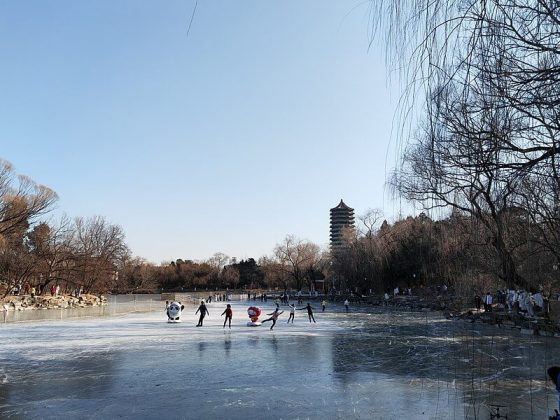Create International Study Opportunities For All Youth
(北京大学)
Basic information
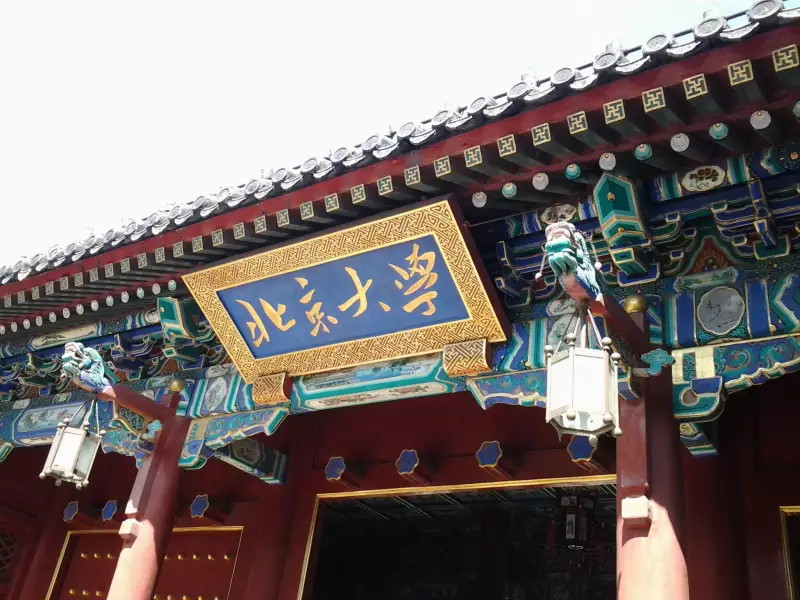
About Beijing
Beijing, China’s sprawling capital, has history stretching back 3 millennia. Yet it’s known as much for modern architecture as its ancient sites such as the grand Forbidden City complex, the imperial palace during the Ming and Qing dynasties. Nearby, the massive Tiananmen Square pedestrian plaza is the site of Mao Zedong’s mausoleum and the National Museum of China, displaying a vast collection of cultural relics. ― Google
Albums
Advantages
Introduction
Advantages
PKU International Students Division is dedicated to providing comprehensive information and considerate services to any international student who is studying at the University or plans to come.More than 7,000 international students are now coming to the University and studying in a wide-ranging of programs, degree programs as well as non-degree programs (including pre-college). The primary focus of the Division is to make policies regarding admissions and administration policies for international students, as well as consultation, application, registration, management of student records and visa application. The Division also organizes extracurricular activities and cultural highlights excursions for international students, allowing them to better know Beida and Beijing, and thus building a bridge between China and the world.
We wish to be your close friend when you’re studying at the University. Hopefully our website will provide as much useful information as possible for your study and life at Beida.
School Badge
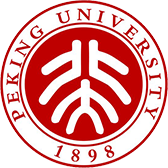
About Peking University
Peking University (Peking University), referred to as “Peking University”, is a national key university directly under the Ministry of Education of the People’s Republic of China. “Experimental Program for Training Top-notch Students in Basic Subjects”, “Pilot for Enrollment Reform in Basic Subjects”, “Innovative Ability Improvement Plan for Colleges and Universities”, “Innovative Talents for Colleges and Universities”, for the Nine Schools Alliance, Pine Alliance, and China University Principals Association , Beijing-Hong Kong University Alliance, Asian University Alliance, East Asian Research University Association, International Research University Alliance, Pacific Rim University Alliance, Global University Presidents Forum, 21st Century Academic Alliance, East Asia Four University Forum, International Public University Forum, Sino-Russian Comprehensive Member of the Sex University Alliance.Peking University was founded in 1898 on the occasion of the Reform and Reform. It was first named Jingshi University. It was the first national comprehensive university in modern times in China. It was also the country’s highest educational administrative institution when it was founded. In 1912, it was changed to National Peking University. In 1937, it moved south to Changsha and formed the National Changsha Provisional University with National Tsinghua University and the private Nankai University. In 1938, it moved to Kunming and was renamed National Southwest Associated University. Demobilized and returned to Peking (now Beijing) in 1946. In 1952, after the adjustment of colleges and departments across the country, it became a comprehensive university focusing on basic subjects of liberal arts and sciences, and moved to its current location from Beijing Beach and other places. In 2000, it merged with the former Beijing Medical University to form the new Peking University.
Peking University is the center of the New Culture Movement and the source of the May Fourth Movement. It was the first to spread Marxism and scientific and democratic thought in China, and it was one of the important bases for the founding of the Communist Party of China. For a long time, Peking University has always shared the fate with China and the Chinese people, and has moved forward with the times and society. Just as Mr. Cai Yuanpei said: “A university student, including the great classics, and the universities of all families… This principle of freedom of thought, and the university The reason why it is big.
Founded in 1898, Peking University was first named Jingshi University. It was the first national comprehensive university in China and the highest educational administrative institution in China at that time. After the Revolution of 1911, it was changed to its current name in 1912.
As the center of the New Culture Movement and the source of the “May Fourth Movement”, as the birthplace of China’s earliest dissemination of Marxism and democratic scientific thought, and as the earliest activity base of the Communist Party of China, Peking University contributes to the revitalization and liberation of the nation, and the construction and development of the country. , Social civilization and progress have made irreplaceable contributions, and played an important vanguard role in the process of China’s modernization. The traditional spirit of patriotism, progress, democracy, and science and the style of study of diligence, rigor, truth-seeking, and innovation are endless and passed on from generation to generation.
In 1917, the famous educator Cai Yuanpei became the president of Peking University. He “followed the principle of freedom of thought and adopted the principle of inclusiveness” and carried out fruitful reforms to Peking University, which promoted ideological emancipation and academic prosperity. Chen Duxiu, Li Dazhao, Mao Zedong, Lu Xun, Hu Shi and other outstanding talents have all served or taught at Peking University.
After the Lugouqiao Incident in 1937, Peking University, Tsinghua University and Nankai University moved south to Changsha to form Changsha Provisional University. Soon, the temporary university moved to Kunming and was renamed the National Southwest Associated University. After the victory of the Anti-Japanese War, Peking University resumed school in Peking in October 1946.
After the founding of the People’s Republic of China, universities across the country underwent faculty adjustments in 1952, and Peking University became a comprehensive university focusing on basic arts and sciences teaching and research, training a large number of talents for the country. According to incomplete statistics, there are more than 400 alumni and faculty members of Peking University and academicians of the two academies, and many influential people in the humanities and social sciences in China also come from Peking University.
Since the reform and opening up, Peking University has entered a new era of unprecedented development and construction, and has become one of the two major universities in the national “211 Project”.
On May 4, 1998, on the occasion of Peking University’s centennial anniversary, President Jiang Zemin delivered a speech at the celebration of Peking University’s centennial anniversary. He issued a speech, “In order to achieve modernization, my country must have several world-leading first-class universities. “‘S call. With the support of the state, Peking University launched the “Plan to Create a World-Class University” in due course. Since then, the history of Peking University has opened a new page.
On April 3, 2000, Peking University merged with the former Beijing Medical University to form the new Peking University. The predecessor of the original Beijing Medical University was the National Beijing Medical College, which was founded on October 26, 1912. In the 1930s and 1940s, the school was once named Peking University School of Medicine, and was merged into Peking University in July 1946. In 1952, during the adjustment of the departments of universities and colleges nationwide, Peking University School of Medicine was separated from Peking University and became Beijing Medical College independently. In 1985, it was renamed Beijing Medical University, and in 1996 it became the first batch of national medical universities supported by the “211 Project”. The merger of the two universities further broadened the disciplinary structure of Peking University, and laid the foundation for the promotion of the integration of medicine, humanities, social sciences, and science, and the reform of medical education.
In recent years, with the support of the “211 Project” and “985 Project”, Peking University has entered a new historical development stage, and has made remarkable achievements in discipline construction, talent training, teacher team construction, teaching and research, etc. It has laid a solid foundation for building Peking University into a world-class university. Today, Peking University has become the country’s cradle for cultivating high-quality and creative talents, the forefront of scientific research, an important base for knowledge innovation, and an important bridge and window for international exchanges.



